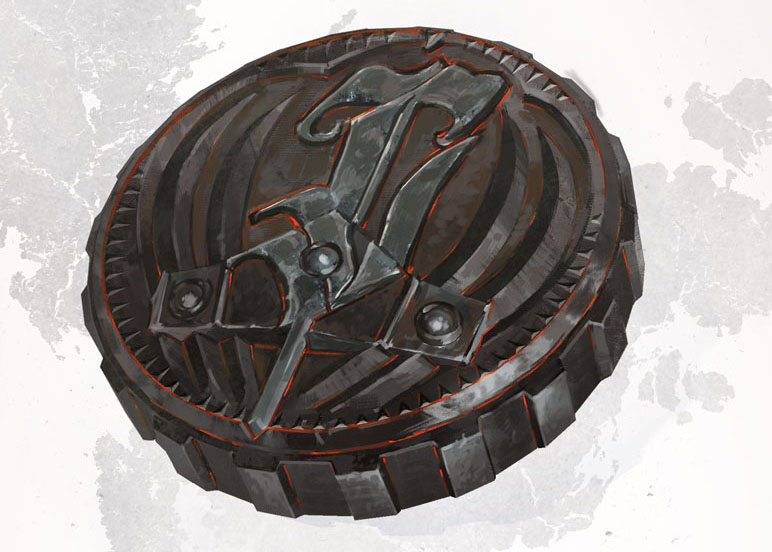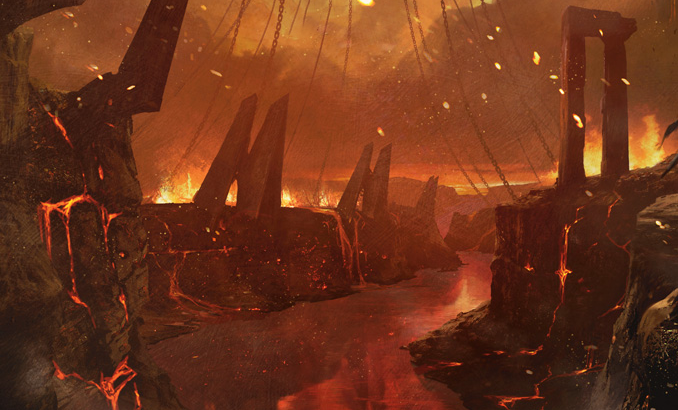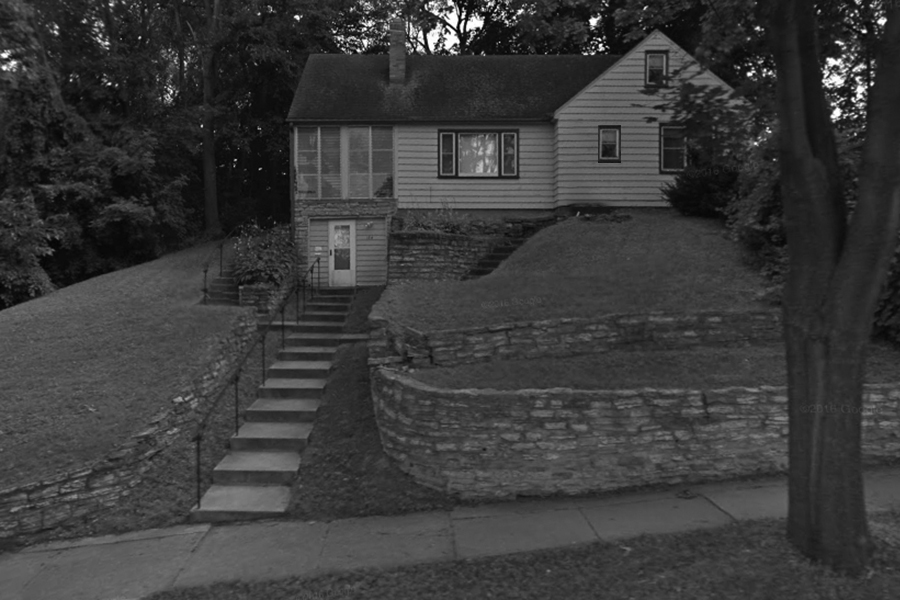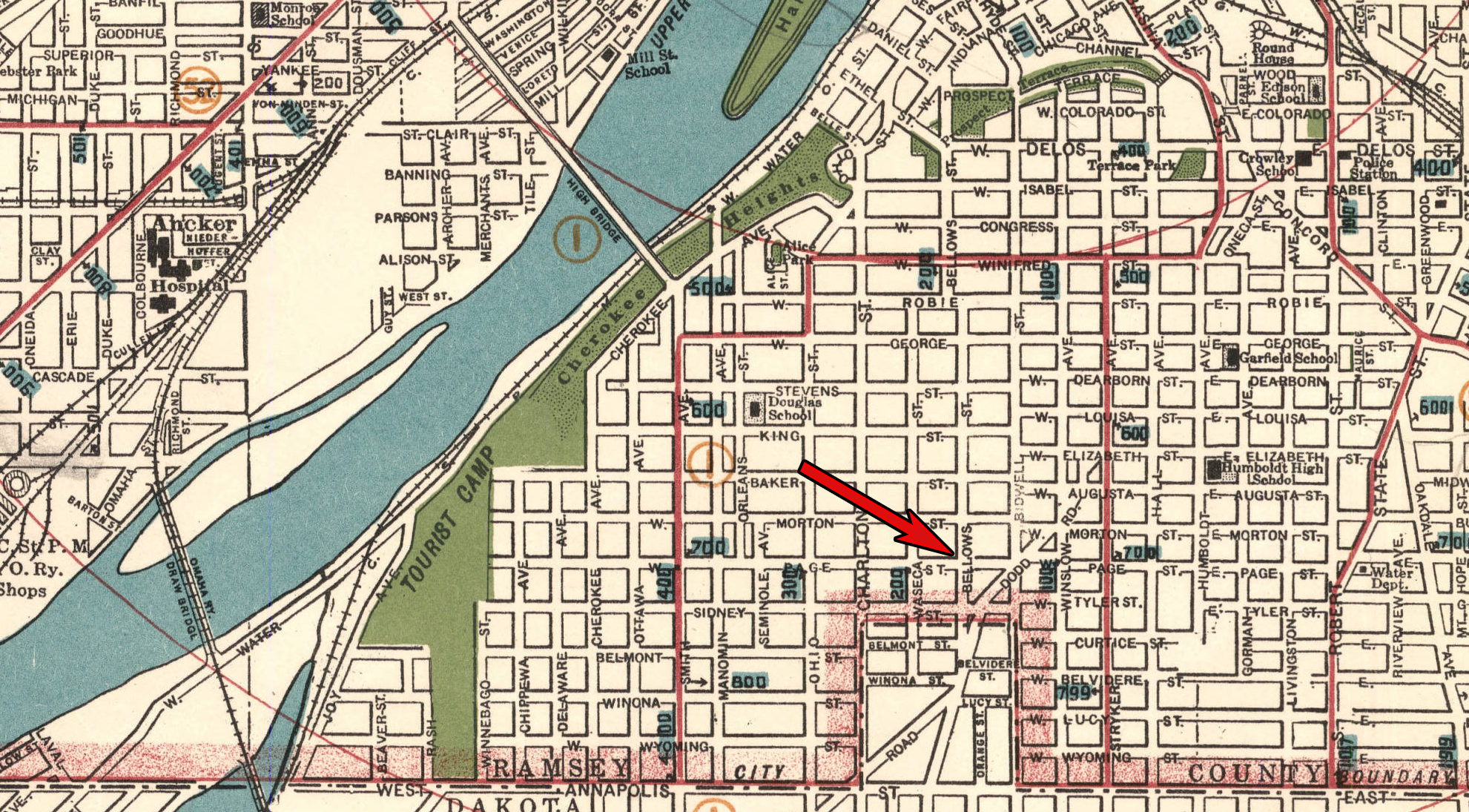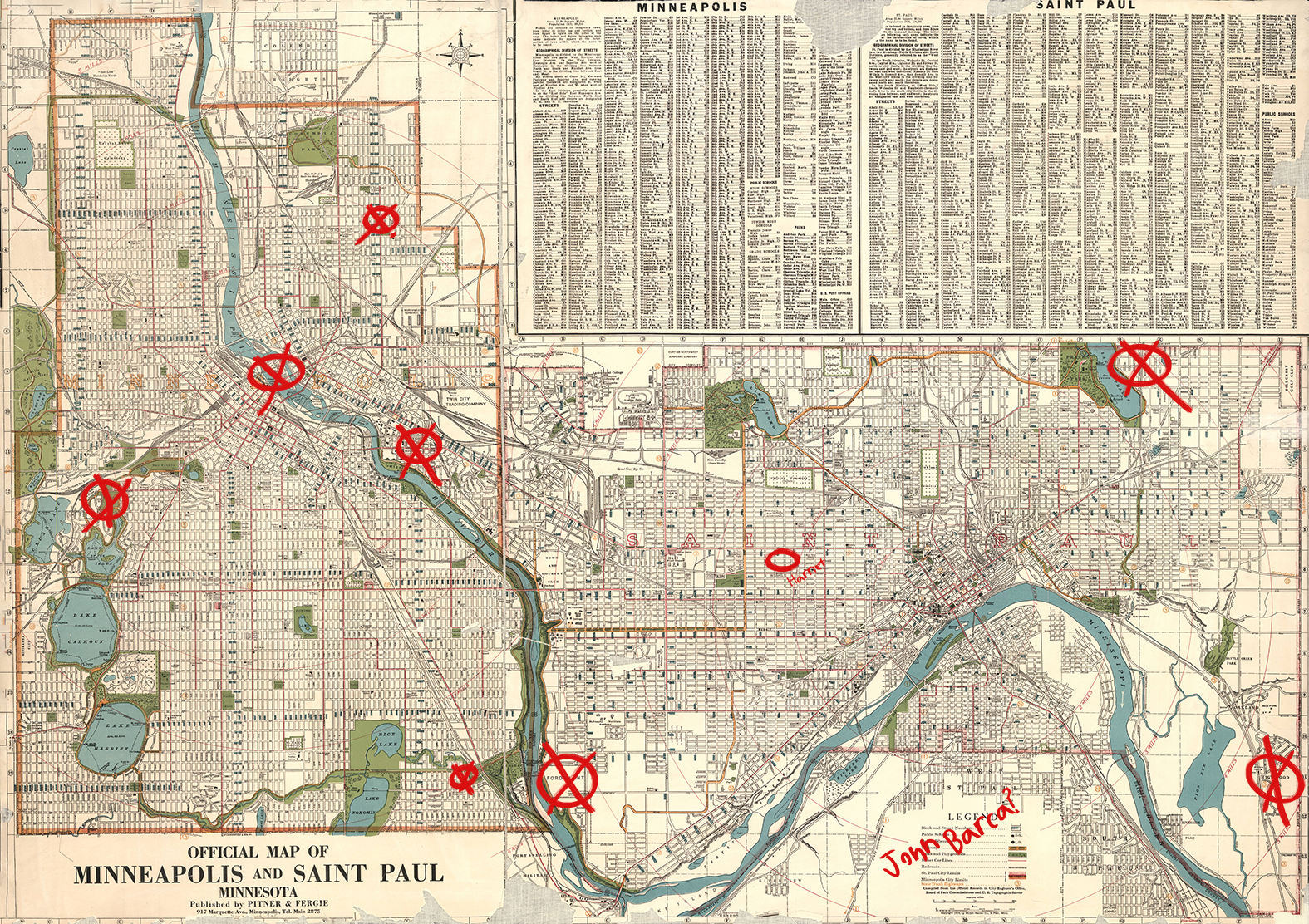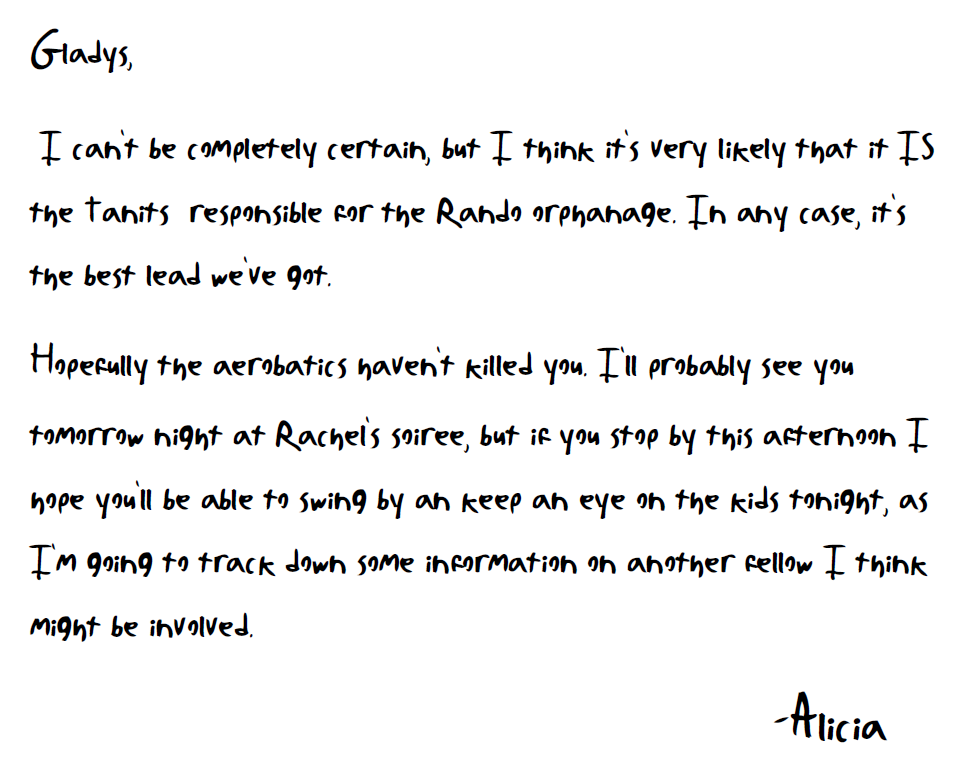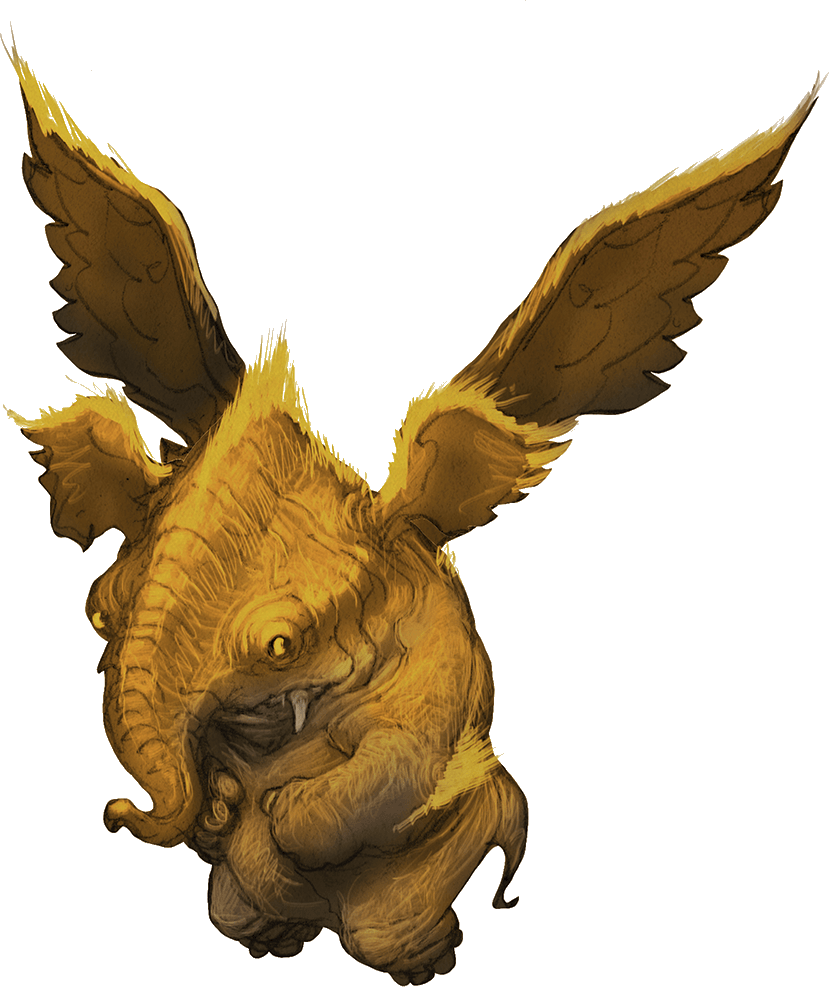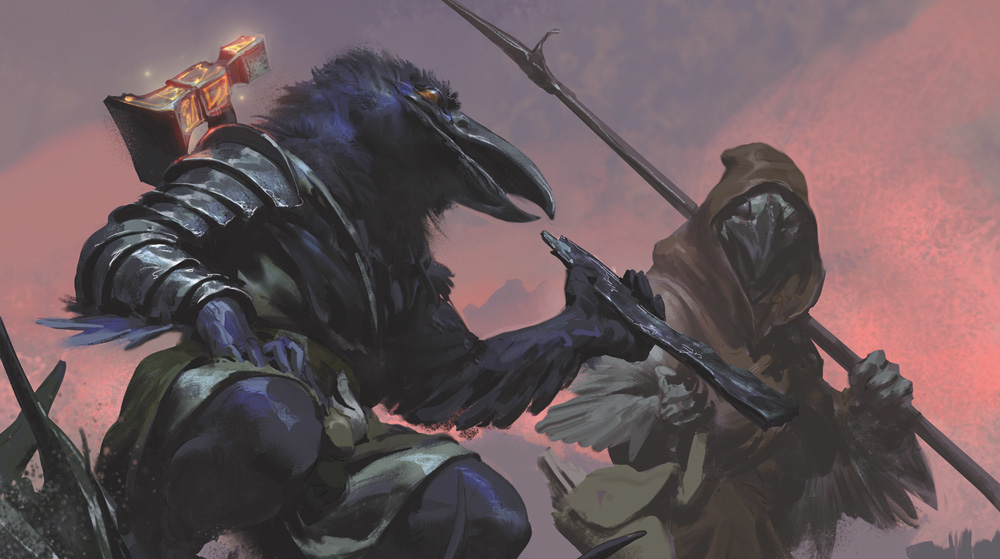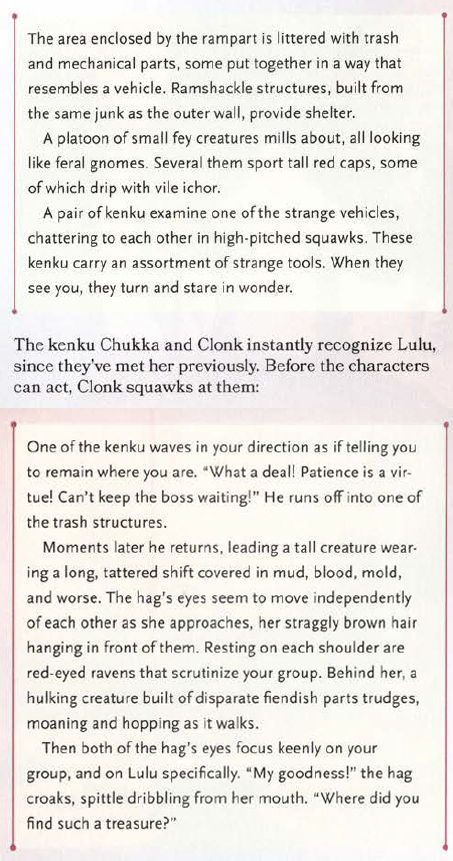Soul coins are one of the cool ideas bouncing around Descent Into Avernus. The basic concept is that souls damned to Hell are forged into coins on Minauros, the third layer of the Nine Hells, and then “used for goods and services, infernal deals, dark bargains, and bribes.”
This is great worldbuilding both literally and metaphorically: Devils making deals for souls is an epistemological satire of commercial dealings, and the trading of souls as literal currency simply extends that satire. But it also just logically makes sense that devils, having obtained a soul, would want to package it into as convenient and relatively compact a form as possible. And the universal form is such as to dehumanize the victims by establishing that the individual holds no significance to the devil.
The full function of soul coins is described in “Commerce” (DIA, p. 78), “Soul Fuel” (p. 217), and “Soul Coins” (p. 225).
Unfortunately, the book’s handling of soul coins is rather flawed.
First, the actual value and rarity of soul coins is all over the map. They are either very rare and incredibly difficult to find or incredibly common and the basis for all commerce in Avernus. In some places their value is pegged at being roughly equivalent to 6 sp, but elsewhere an NPC will offer 100 gp worth of gems for every soul coin the PCs can find for him.
It seems fairly clear that some of the writers on the book thought the soul coins were meant to be the de facto currency of Avernus, while others thought of them as rare magical artifacts. Or perhaps they started as the former, but then someone along the line got cold feet because… well… they’re souls aren’t they? Wouldn’t they be pretty rare? (Not necessarily. Eternity across potentially infinite planes can make souls as common or as precious on Avernus as you like.)
Second, there are inconsistencies in which functions of a soul coin require charges and/or how many charges it takes to exhaust a soul coin. For example, the stat block of a soul coin says each time you question the soul inside the coin it costs a charge (and each coin only has three charges), but there’s also an NPC with a soul coin collection that they chat with on the daily.
Third, at first glance Descent Into Avernus also does a clever thing by making soul coins the fuel for various infernal machines, creating an ethical dilemma for PCs who have to choose between not using those machines or literally burning up the souls inside the coins.
In practice, though, the only thing it really seems to do is actively discourage any non-evil character (and, realistically, prohibit any good character) from riding kick-ass war machines across the Avernian plains. And, I’m going to be honest, the war machines are a lot fucking cooler than the ethical dilemma.
Fourth, there’s some metaphysical vagueness, which is fortunately fairly easy to clear up. Are the coins forged exclusively from evil souls or are some good souls illegitimately captured? And, similarly, do the lowest order of evil souls sent to Hell end up as lemures or forged in soul coins? In both cases: Why not both? In the latter case, it’s easy to imagine that there all manner of Hellish intakes for new souls. (You could perhaps even imagine a different one for each of the Nine Layers.)
COINS AS FUEL
I’d make two adjustments to the coins:
- Talking to the soul inside doesn’t require charges.
- Expending all the charges in a coin (or using it up as fuel for an infernal machine) burns out the coin, but doesn’t destroy the soul inside. (Such coins need to be taken back to Minauros to be reforged, with the soul being transferred to a new coin.)
My goals here are twofold:
First, it’s interesting to talk to the souls inside the coins, so I don’t want to discourage it. Similarly, NPCs with collections of coins that they chat with or regularly consult/torment are cool.
Second, I want to dull the ethical conundrum for PCs using soul coins. There are still plenty of ethical conundrums here: Should you free them? The souls, uh… scream when you use them as fuel. But it’s not just an instant no-brainer for anyone who isn’t evil.
ALTERNATE FUEL: Devils need soul coins to fuel their war-machines because they’re not mortal. Mortals like the PCs, however, can directly fuel the war-machines. The mortal suffers 1d10 points of damage and fuels the war-machine for 24 hours. This damage cannot be healed by normal means, but returns at a rate of 1 hit point per day. A greater restoration instantly restores these lost hit points.
This also means that you can have devils riding across the Avernian plains with screaming prisoners strapped to their war-machines Mad Max-style.
Design Note: My goal, obviously, is to give PCs the option to drive war-machines without exploiting trapped souls. You might require them to track down (and install) a converter to do so, but I don’t think it’s necessary.
COINS AS COMPANIONS
Every soul coin is a unique NPC. I recommend leaning into this.
WHO THEY ARE: Check out 51 Soul Coins as a good source for random soul coin characters. The collection is a limited in its range (featuring almost  exclusively average people who got gulled by a devil), so you may want to broaden its scope (with, say, historical figures, those who damned themselves to Hell without the help of a devil’s contract, good souls who were captured and forced into a coin, and so forth).
exclusively average people who got gulled by a devil), so you may want to broaden its scope (with, say, historical figures, those who damned themselves to Hell without the help of a devil’s contract, good souls who were captured and forced into a coin, and so forth).
WHAT THEY KNOW: Soul coins are constantly aware of their surroundings, making them a potentially valuable source of information. Let’s give them a 1 in 6 chance of having useful information (i.e., roll on the Avernian rumor tables).
COIN MADNESS: Being locked up inside a coin for eternity is not conducive to a sane mind. Many soul coins have had their sanity shredded to the point that they are no longer coherent or intelligible (see table below), and even those who are capable of conversing may display strange tics of behavior and distress.
| d8 | Madness |
|---|---|
| 1 | Hysteria |
| 2 | Amnesia |
| 3 | Hallucinations |
| 4 | Mania |
| 5 | Logorrhea |
| 6 | Paranoia |
| 7 | Echopraxia |
| 8 | Catatonia |
COINS AS CURRENCY
If you want soul coins to be prized as fuel for the war-machines, then they can’t be common enough to serve as coinage in Avernus. Which is a pity, because the use of an alternate currency would be an excellent opportunity to alienate and disorient the players (and their characters). “What do you mean I can’t pay with gold?”
As I describe in Random Worldbuilding – Coins & Currency, money can be a powerful channel for conveying information about the world to the players. And this would be a powerful one: Not only clearly signaling that “you’re not in the Realms any more,” but also viscerally signaling how Hell is fundamentally built upon the suffering and exploitation of mortal souls.
So here’s my recommendation:
- Soul coins are worth roughly 50 platinum pieces in purchasing power. They are rarely used in actual commerce, and instead serve primarily as a coin of account.
- Spent soul coins are more common, accumulating over millennia of soul coins being used up that aren’t important enough to reforge. They have a purchasing power roughly equivalent to 1 platinum piece.
- Obsidian chits are the common currency of Avernus, with a purchasing power of 1 gold piece. These chits are issued by various Dukes and warlords and backed by stockpiles of soul coins. Mad Maggie, for example, has a small stockpile and issues her own chits, as does the Wandering Emporium.
You can generally issue about 1,000 chits per soul coin. (That’s more than the strict conversion rate, but welcome to the wonderful world of being a banker.) If you want to get more complicated, you could postulate cheap chits or bull-chits — chits which were circulated by Avernian powerbrokers who no longer exist or whose soul coin stockpile was lost. These are still perceived as having some value and could be used as the equivalent of copper pieces.
Design Note: Such cheap chits could also be a window into Avernian history. Or just easter eggs. For example, the PCs might find cheap chits that were issued by Gargauth when he was Treasurer of Hell.
COINS AS SOULS
As described in Descent Into Avernus, p. 226, the soul within a soul coin can be freed by casting a spell that removes a curse. A freed soul is released to whatever planar afterlife it belongs in… which means that for most soul coins the soul is just churned back through Hell’s intake for new souls.
USING THE SOUL: A soul coin can also be used in conjunction with animate dead or create undead to bind the soul to the undead created. Such undead can be controlled by anyone holding the soul coin they were created from. If the undead are destroyed, the soul is released to whichever planar afterlife it belongs in (see above).
If you are in Hell, you can similarly cast infernal calling (from Xanathar’s Guide to Everything, p. 158) in conjunction with a soul coin to transform the soul within the coin into a lemure. The soul coin is destroyed in the process. (You’ve more or less just created the lemure the soul would have become if it had entered Hell through Avernus rather than Minauros.)

